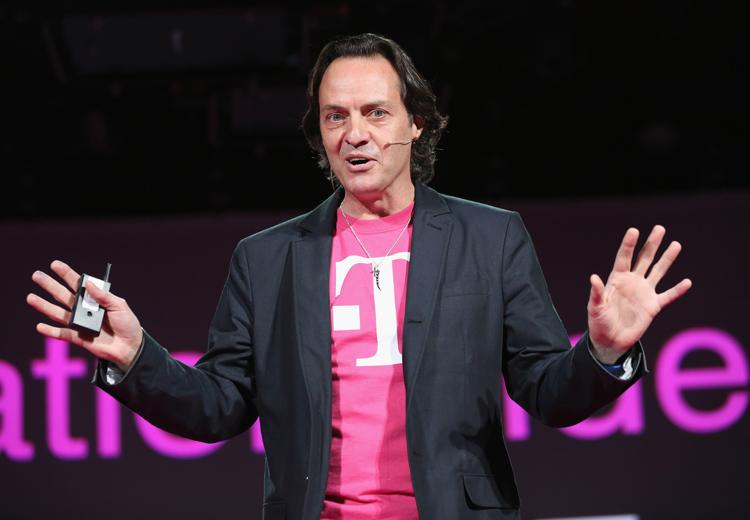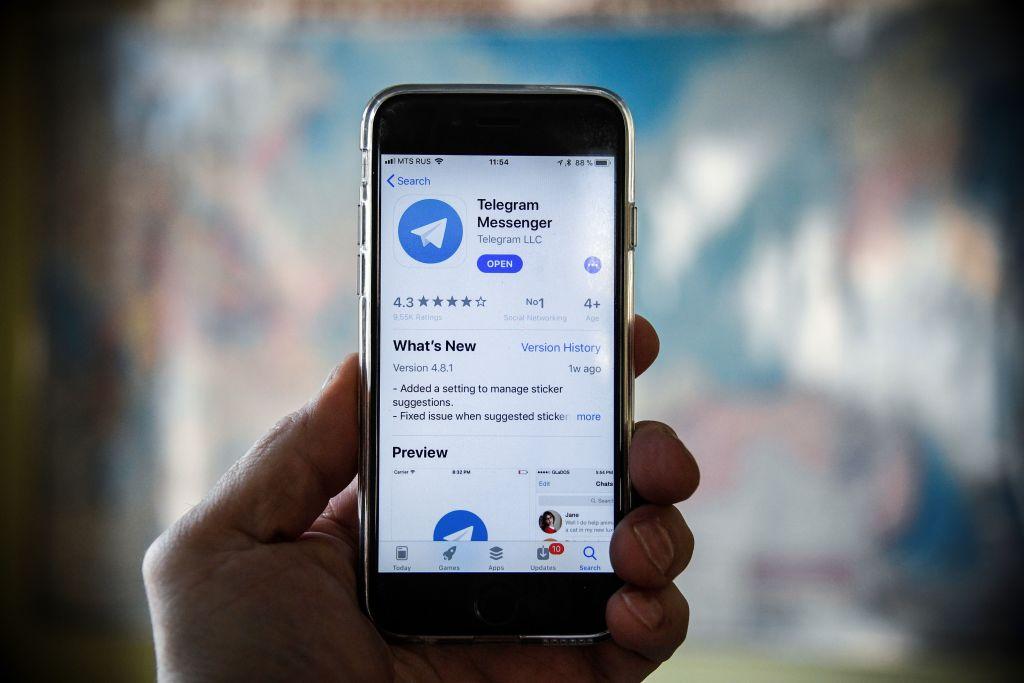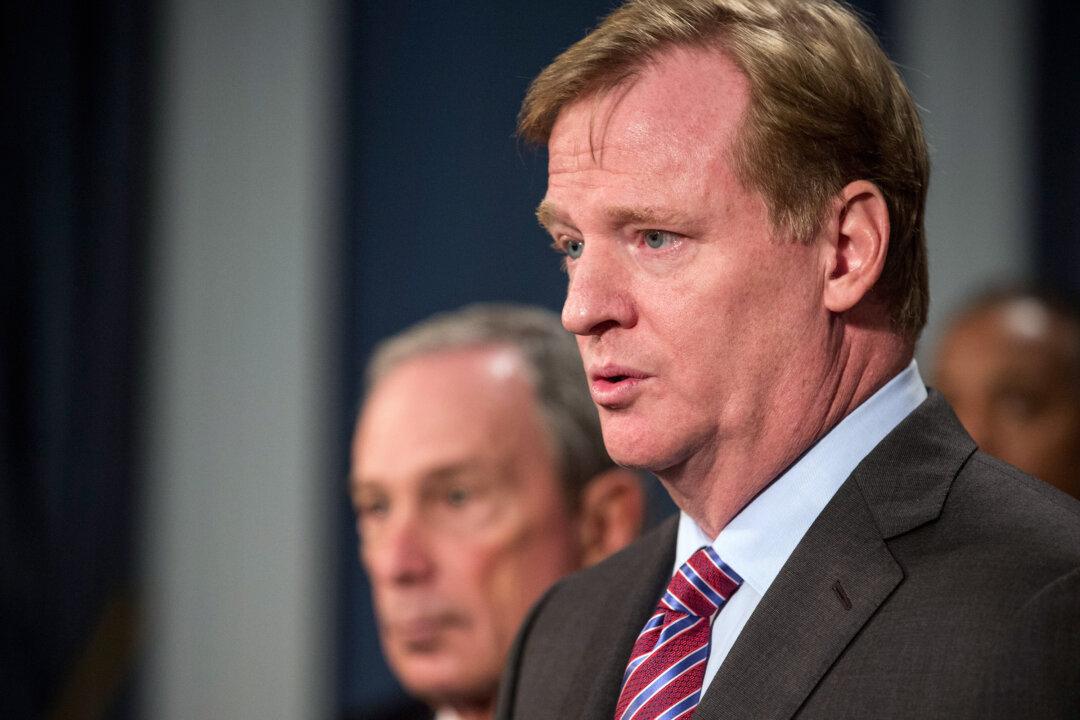We should applaud T-Mobile USA’s bold move to do away with traditional two-year contracts on wireless service, and in turn remove the decade-old fallacy, which is the subsidized cellular phone.
It’s exactly the type of bold, contrarian maneuver the nation’s No. 4 wireless carrier needs to make in order to grow its customer base, but don’t expect Verizon Wireless, AT&T Wireless, or Sprint to follow suit, at least not in the short term.
The announcement came on March 26, in conjunction with T-Mobile’s unveiling of the iPhone 5, which will finally be available to T-Mobile customers on April 12. The company is the last of the major U.S. carriers to sell the popular device.
A Simpler Pricing Model
To recap, T-Mobile announced that it will base its plans around a few all-inclusive (unlimited voice, text) plans with tiered data ranging from $50 per month to $70 per month.
This sounds similar to current plans offered by rival carriers—albeit at a lower monthly price—but that’s where the similarities end. T-Mobile will not force customers to sign one- or two-year contracts, and has eliminated so-called activation fees.
The biggest difference lies in the purchase of the cellphone itself. Traditionally, a cutting-edge smartphone will set consumers back $200, but that’s not the full price of the phone, which is often far greater. The wireless carrier subsidizes the cost of the phone by charging higher monthly fees for voice and data plans, as a way to recoup the upfront cost. In turn, carriers also “lock” the phones and bar consumers from using the phones on another carrier, even after the subsidy is paid off (for example at the end of the contract period).
At T-Mobile, customers will be charged upfront for the full price of the phone ($580 for the iPhone), and pay a smaller monthly service fee. Alternatively, the phone can be financed with a small down payment and monthly installments. The carrier argues that in two years (the typical length of a traditional contract), T-Mobile customers will save money compared to their Verizon, AT&T, or Sprint brethren. We’ll examine this claim later.
All of this is part of T-Mobile’s new marketing slogan of “un-carrier.” Whatever that may mean, the core message is clear, and without a doubt—T-Mobile affords consumers greater freedom and refreshing transparency, which is rare for the industry.
Plans Compared
For the single smartphone user, T-Mobile’s no-contract plans are more economical.
Let’s take the iPhone 5 for example. If a new customer pays upfront $580 for the device and signs up for the all-inclusive 4G plan with unlimited data at $70 per month, the total amount after two years is $2,260. The same plan on Verizon (with 4GB data) costs $2,870 after two years, and on AT&T it costs $3,110 with a 3GB data plan. Verizon and AT&T do not offer unlimited data service plans.
With shared plans, the math gets a bit more complicated. Verizon and AT&T both offer shared plans with pooled data allowances with a nominal fee for each new device. T-Mobile doesn’t offer this, and each additional line uses its own data. Two lines of unlimited data go for $120 per month, and three lines will cost $150. As you can see, additional lines can add up quickly on T-Mobile and can soon exceed the monthly charges on Verizon and AT&T.
No Game Changer
T-Mobile’s decision would no doubt engender future changes in the wireless industry, particularly among the big players, but its small footprint and 4G coverage mean that Verizon and AT&T will not budge on their current plan models.
While T-Mobile is the first major carrier to break from the traditional contract model, prepaid plans are already available at a variety of smaller carriers, including Metro PCS, which T-Mobile recently acquired. Another carrier, Cricket Wireless, already offers the iPhone 5. Consumers who absolutely need such flexibility and are cost-conscious are likely already using a prepaid carrier.
According to most pundits, an Achilles heel for T-Mobile is its coverage. Its 4G LTE network is new and growing, with spotty coverage so far across the nation. But I disagree with that notion, as T-Mobile’s backup coverage of 3G HSPA+ has more coverage, and offers download speeds up to 42 mb per second, which is as fast as most 4G LTE service on the bigger carriers.
The biggest concern for T-Mobile, and the reason the larger carriers will not switch to its pricing model any time soon, is the shared plans. Verizon and AT&T are banking on consumers using multiple devices such as smartphones, tablets, and wireless hotspots to draw data from a pooled data plan. That is the future of mobile, and the two biggest players now have a head start in catering to such consumers.
In the end, T-Mobile’s decision will likely improve flexibility, choice, and the current practice of locking phones in the long term. But until T-Mobile changes its shared plan structure, it is unlikely to gain the required amount of high-margin, multiple-line service contracts from Verizon and AT&T needed to move the needle in the wireless industry.




